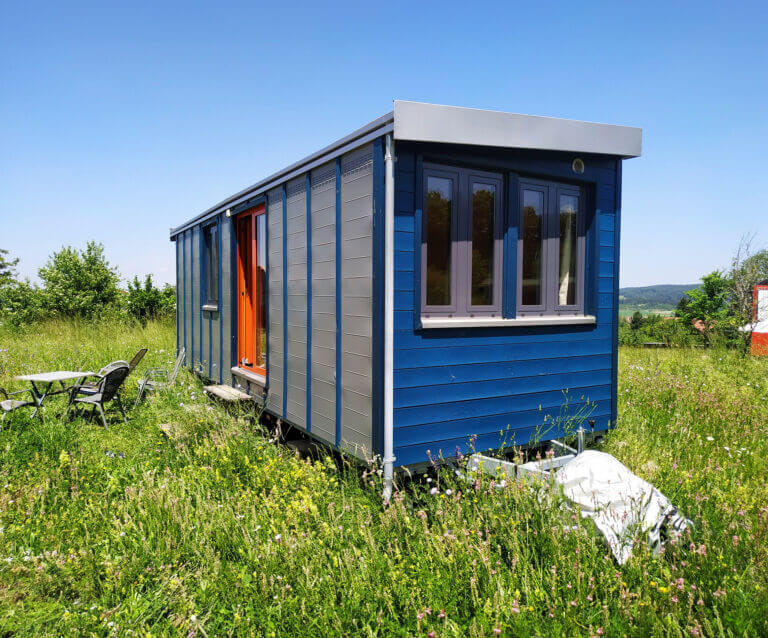Apologies for any translation errors.

Vapour barriers & retarders
You can find information on the rationale for the use of vapour barriers/retarders over here.
If no air is to flow from the interior into the insulation level, there are generally three options:
- Vapour barriers (foil, OSB, sheet metal): Let (almost) no water vapour to pass through
- Vapour retarders (e.g. foil, wooden board): Allow some water vapour to pass through
- Climate membranes (also known as moisture-variable vapour retarders): Change their permeability depending on the relative humidity
Wooden panels can also serve as a vapour retarder if they are suitable and the joints are sealed. An advantage of the climate membrane is a (if necessary) faster drying of the insulation in spring/summer towards the interior.
The basis is always a meticulous installation/sealing of the vapour retarder/barrier or climate membrane. Nail sealing tapes must seal the holes from nails or stapler staples; alternatively, they can be covered with tape.
There are certain folding techniques, e.g. to glue corners cleanly, and of course all kinds of special pieces (collars, corner pieces, window installation). Injuries to the airtight layer can be reduced by surface-mounted installation of electrical and water installations.
Risks
With incorrect planning or faulty installation of the vapor retarder/barrier or climate membrane, the risk of moisture damage can also increase. This can happen, for example, with slightly leaky (e.g., torn nail holes due to twisting during transport) vapor barriers in the roof. Over time, more moisture penetrates into the roof insulation layer than can escape. Over the years, the insulation becomes increasingly damp. Incorrectly, the damage is then often attributed to a leaky roof.
Even small leaks can have a significant impact. Imagine a balloon filled with water being pricked with a needle. The hole is tiny, yet a lot of water flows through. The comparison is imperfect, but over time, it is similar with the water vapor from the moister interior through a hole in the foil.
Facade membrane/ roof underlay
As protection for the insulation (against moisture, wind, pests) on the outside, an extremely diffusion-open foil can serve, a so-called facade membrane/roof underlay.
Reservations about foils
A frequently expressed wish is to live in a house made exclusively of natural materials. Nevertheless, under many circumstances, foils can be useful.
Ecology
The significant aspects are the total emissions (heating & manufacturing) over the entire service life. If a foil enables a construction with a significantly better insulation value, I would usually prefer this. The disposal at the end of the useful life remains problematic.
Building-damage-free-potential (“Bauschadenfreiheitspotential”) is a very German word. But it describes an important aspect. Under almost all circumstances, a house is only sustainable if it lasts a long time and remains usable. Irrespective of the use of foils, the structure must be checked/suitable in terms of building physics.
Glue-free solid wood panels (Junker GFM) or alternatively, 3-layer panels with seams sealed with tape or nail sealing tapes may be an acceptable compromise for many.
Living climate
Many factors contribute to the “living climate.” Lots of light, pleasant temperature and humidity, fresh air, quiet rooms with good acoustics, comfortable room design, color schemes, and much more contribute to a pleasant building. Everyone can decide for themselves how significant the influence of a foil is.
Of course, foils can contain all sorts of potentially problematic substances. The European Society for Healthy Building and Indoor Hygiene (EGgBI) recommends the pollutant-tested foils from the company pro clima (no advertising). I have not delved further into the pollutant testing.

















